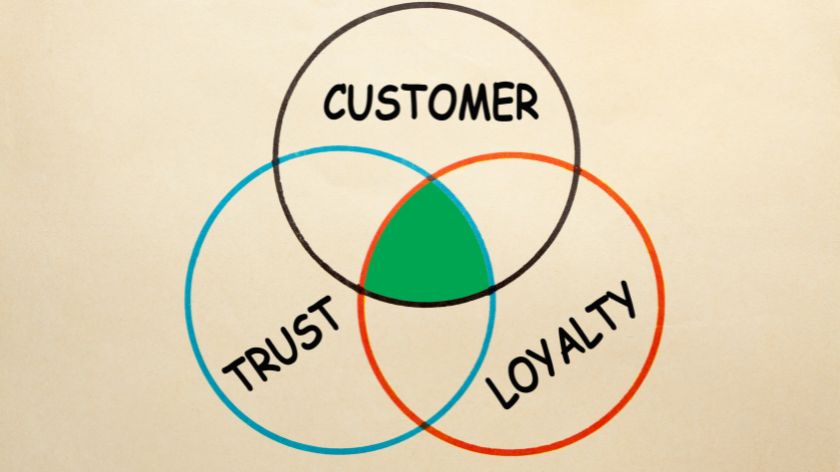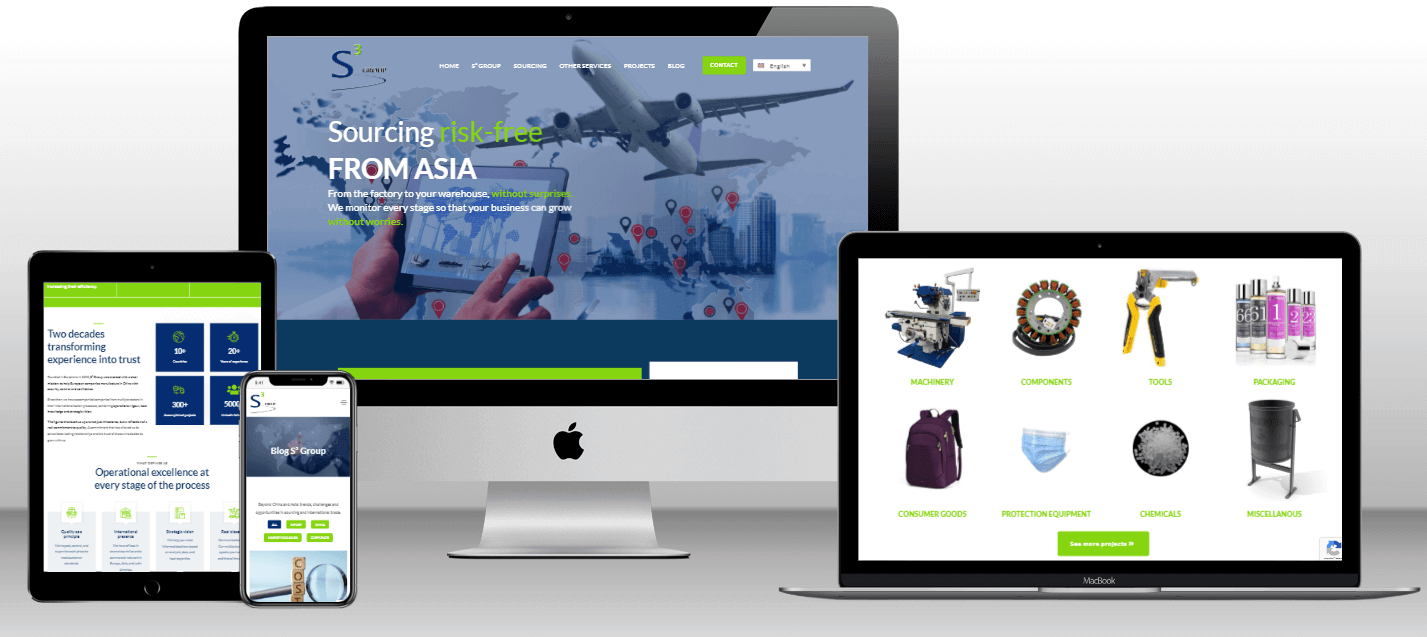Black Friday is approaching, and we're going to start with a statement that may be painful (but necessary): if, as you read this, your company has not yet begun to prepare for Black Friday, you are behind schedule (at least from a marketing perspective).
However, as a team specialising in purchasing management and quality control, we want to focus on the preliminary process, which begins long before marketing and makes the difference between a smooth campaign and one full of incidents. And we're not just talking about Black Friday: the same applies to Halloween, Valentine's Day, sales and Christmas campaigns. They all have something in common: if your company imports products from China or Asia, forecasting and operational control are essential to avoid problems in the middle of the season.
With that in mind, we have compiled the seven most common mistakes in production and logistics before major commercial campaigns, and how to anticipate them to ensure that everything arrives on time, with the expected quality and without unforeseen costs.
Failing to anticipate the actual capacity of factories
One of the most common mistakes before campaigns such as Black Friday or Christmas is underestimating the workload of suppliers in Asia. Many factories work at full capacity during these months, which can lead to delays or inconsistent quality. If the order is placed late or the manufacturer's actual capacity is not validated, the expected lead time becomes meaningless.
Prevention begins with capacity audits and production planning. Assessing whether the factory has sufficient resources, lines and personnel allows bottlenecks to be anticipated. It is also advisable to define the production schedule in advance and set inspection dates to avoid last-minute surprises.
Failure to reinforce quality control during production peaks
During periods of high demand, factories' internal control teams can become overwhelmed. This increases the risk of errors in components, finishes or packaging. Without independent inspections, faults may be detected too late, when the order is already in transit.
Implementing inspections and quality controls at different stages of the process (pre-production, during production and before shipment) reduces this risk. At S³ we have seen how intermediate control detects defects in time that would have compromised thousands of units. Detailed photographic reports and checklists allow us to react before the shipment leaves the factory.
Relying on communication ‘by habit’
Many purchasing managers rely on long-standing relationships with Chinese suppliers, but teams change, schedules move forward, and priorities shift. The lack of written and updated confirmation can lead to misunderstandings about dates, packaging, or technical requirements.
Each campaign should start with a clear operational kick-off: schedule, approved samples, agreed tolerances, and defined communication channels. Establishing weekly reviews (preferably with local support) prevents delays and ensures that all parties are working with the same version of the order.
Failure to audit before launching new suppliers or lines
Sometimes, pressure to reduce costs or the rush to bring a new product to market leads to the selection of unaudited factories. The problem arises when, upon starting production, serious deviations in materials, safety or regulatory compliance (CE, UKCA, REACH) appear.
Factory audits allow for the evaluation of not only the technical infrastructure, but also document traceability and working conditions. Having up-to-date reports and real photos of the production environment helps to make decisions based on data rather than trust or price.
Underestimating the impact of transport and actual lead time
Even with a perfect product, logistics can ruin a campaign. During peak seasons, transit times are longer and
Planning your shipment weeks in advance is key, as well as being an excellent way to save on import costs. Checking documentation before shipment prevents customs delays. Having a local partner to validate the condition of the container provides an extra layer of security.
Not analysing incidents from previous campaigns
It may seem like an almost childish mistake, but... it happens (and often!). Many companies repeat mistakes because they do not document past problems. The lack of subsequent analysis prevents the improvement of forecasting and control processes.
Recording faults detected in inspections, actual transit times and complaints allows you to adjust schedules and demand improvements from suppliers.
Not having an operational plan B
When a critical line fails or a supplier does not deliver, improvising is costly. Having previously audited and approved alternatives can save the campaign.
Designing a contingency plan—with validated secondary suppliers, alternative logistics routes, and communication protocols—allows for quick reactions. The key is to define it beforehand, not when the problem has already erupted.
How to avoid these mistakes before your next campaign
High-volume campaigns are not prepared in October, or in any specific month: they are built months in advance, with data, periodic inventory checks, inspections and fluid communication with factories. Anticipation reduces risks, improves quality and guarantees on-time deliveries.
At S³ Group, we help purchasing and operations departments to plan and execute their high-volume campaigns with confidence. From supplier selection and quality control to logistics supervision, we accompany the entire process to ensure that products arrive on time and with the expected quality, ready for sale in any commercial campaign throughout the year.

















